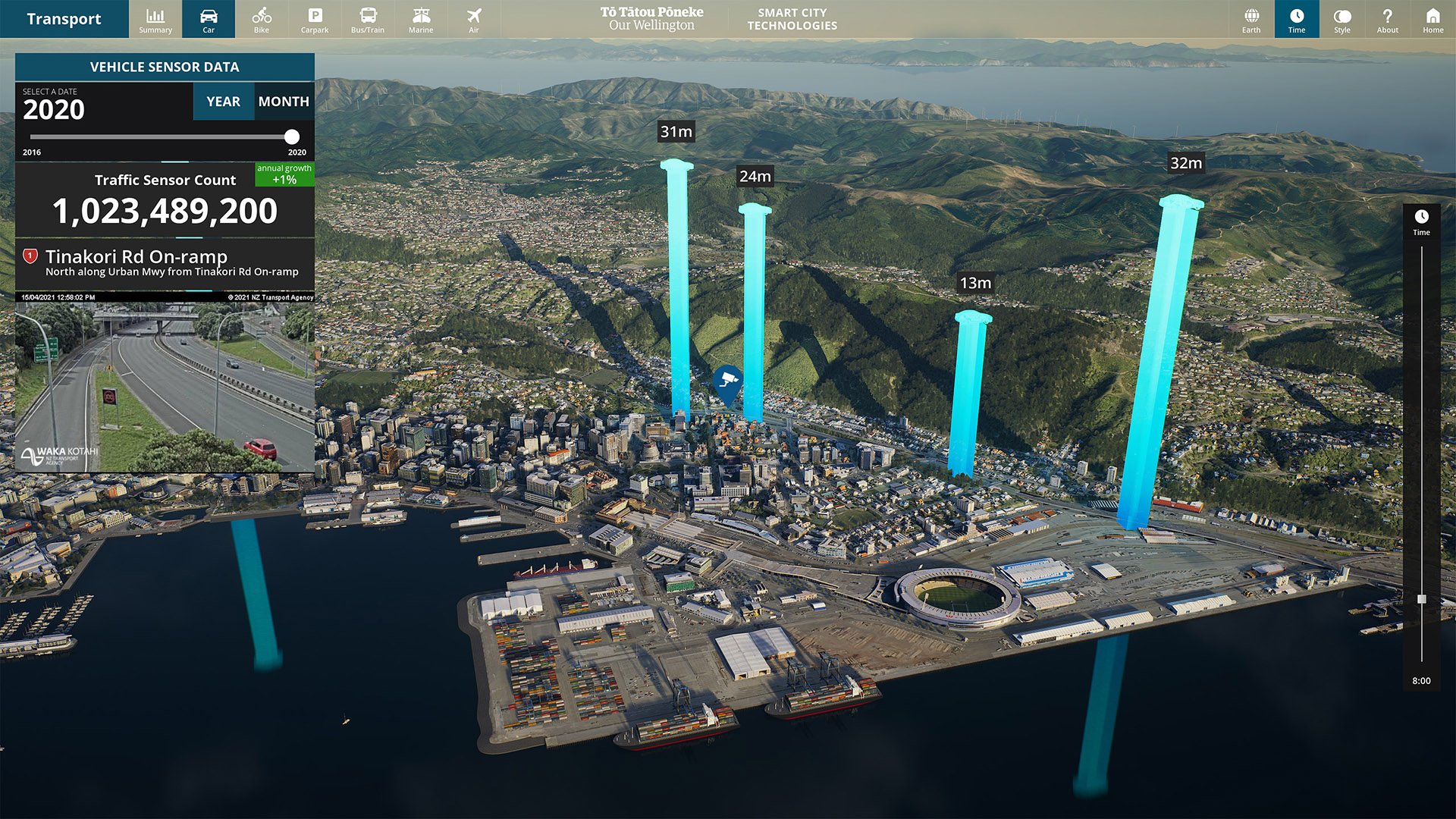A phrase that I’ve heard a lot lately is ‘Digital Twinning’ and I’ll be honest; I wasn’t really sure what it meant. Until recently that is, when the team spoke with Professor Stephen Scaysbrook at Birmingham City University.
So, I thought I’d try and explain it!
Digital twinning works by creating a virtual replica or model of a physical object, environment, process, or system. This digital twin is continuously updated with real-time data from sensors, IoT devices, and other sources. The goal is to provide an accurate representation of the physical counterpart, enabling better understanding, monitoring, and decision-making.
Professor Scaysbrook discussed how digital twins have evolved from their origins in industries like gaming and visual effects to become integral to various creative domain - such as how it is used in movies and TV shows like Avatar or The Mandalorian. Once people realised they could perfectly imagine realistic world environments or products the demand grew.
So today Tesla creates a digital simulation of every one of its cars, using data collected from sensors on the vehicles and uploaded to the cloud. These minimize the need for owners to take their cars to servicing stations for repairs and maintenance.
In the aerospace industry Rolls Royce use digital twinning on their aircraft engines. These are exact replicas that update in real time. Using a digital twin, Rolls-Royce can study and predict the physical behaviours that an engine would exhibit under very extreme conditions.
One area that stood out to us was the Wellington digital twin in New Zealand. You can find a short, interesting video here of how that was built. Their aim was to provide a way to make better multi-agency decisions, understand complex issues like climate change and economic development, and most importantly, better engage with the communities and stakeholders.
Welling digital twin via build media
Social housing plays a vital role in providing affordable and stable housing options for individuals and families in need and as societies continue to evolve, so do the ways in which we manage and maintain social housing properties. One of the most promising innovations in this sector is the concept of digital twinning.
An immediate application of digital twinning in social housing could be used for property management and maintenance. Housing associations can create digital twins of entire homes allowing a virtual representation of how we could monitor the condition of the property in real-time, identifying potential issues before they become major problems.
It could also predict maintenance needs and schedule repairs more efficiently, reducing downtime and costs and optimise energy usage and resource allocation, promoting sustainability and cost savings.
Digital twinning also benefits customers by improving their living experience. By integrating IoT devices and sensors within the digital twin framework, social housing providers can offer smart home solutions that allow tenants to control lighting, temperature, and security from their smartphones and receive faster response times to maintenance requests through automated alerts triggered by sensor data. Also possible are enhanced safety and security features, such as fire detection and emergency response systems.
Digital twinning could empower housing providers with a wealth of data and insights. By analysing data from digital twins, they can make informed decisions regarding things such as rent pricing and affordability, Retrofitting and renovation projects to improve energy efficiency and overall quality, long-term planning and investment strategies, disaster preparedness and response.
In times of natural disasters or tragedies such as Grenfell, having a digital twin of social housing properties would be invaluable. Emergency responders can access real-time information about building conditions and occupancy, aiding in evacuation and response efforts.
Digital twinning can also facilitate greater community engagement within social housing complexes. By providing residents with access to the digital twin platform, they can:
Collaborate on improvement projects and suggest community enhancements.
Stay informed about property updates and scheduled maintenance.
Report issues and track their resolution in real-time.
While the potential benefits of digital twinning in social housing are substantial, there are also challenges to address, including:
Data privacy and security concerns, especially regarding tenant information.
High upfront costs associated with implementing IoT devices and sensors.
Ensuring digital inclusion for all tenants, including those without access to technology.
Digital twinning is poised to revolutionise social housing by providing a dynamic and data-driven approach to property management, customer experience, and community engagement. By leveraging the power of digital twins, housing providers can enhance their services, reduce operational costs, and create safer, more sustainable living environments for those in need. As technology continues to advance, the integration of digital twinning in social housing promises to be a transformative force for good in our communities.
We’re really looking forward to continuing our conversations with BCU and intrigued to see what the future of digital twinning can bring to Bromford.

